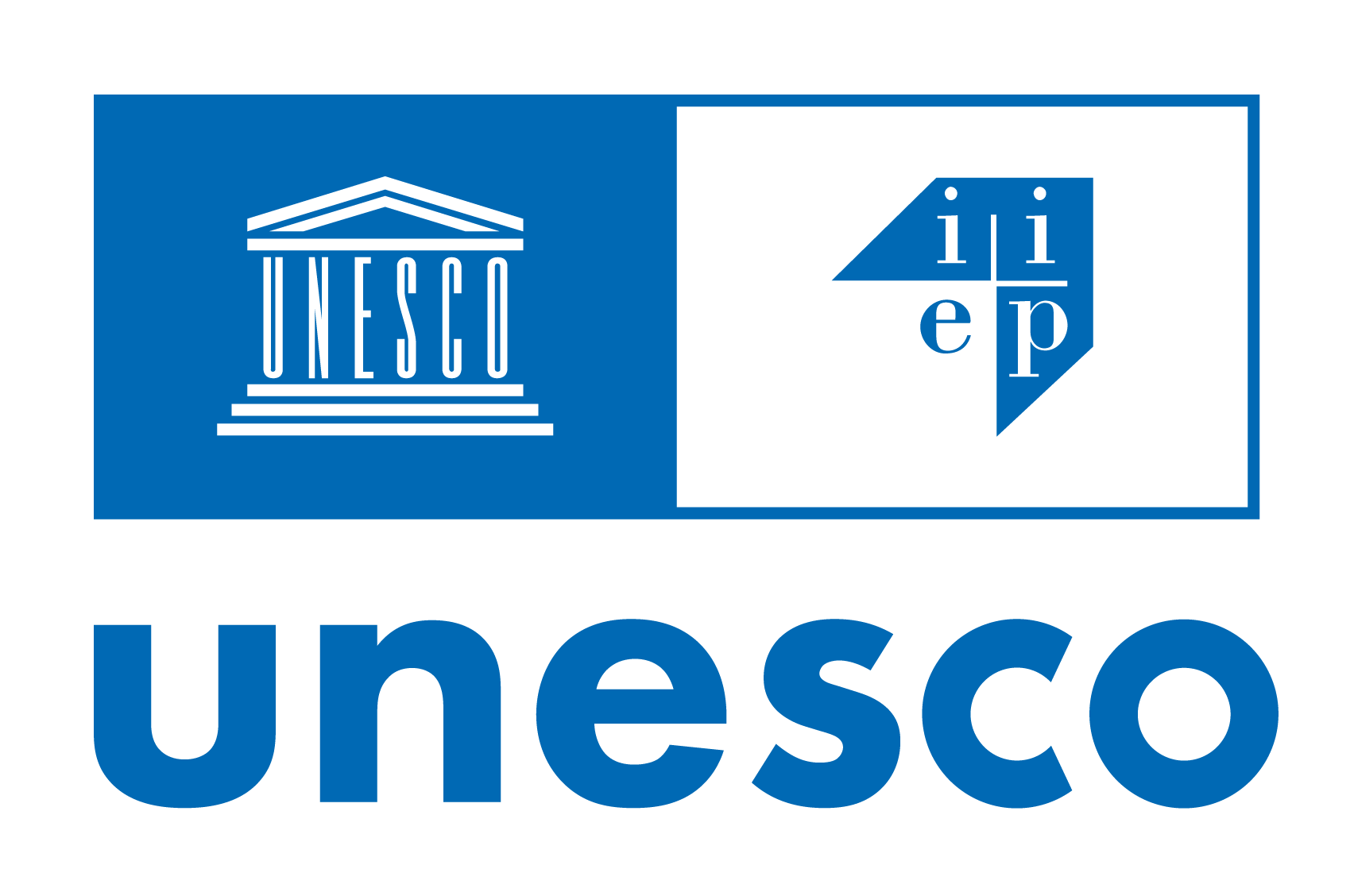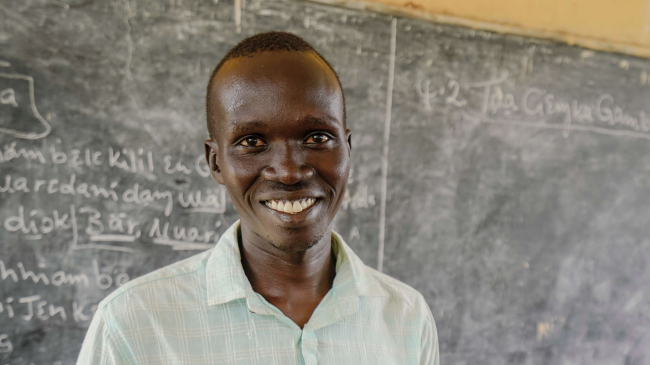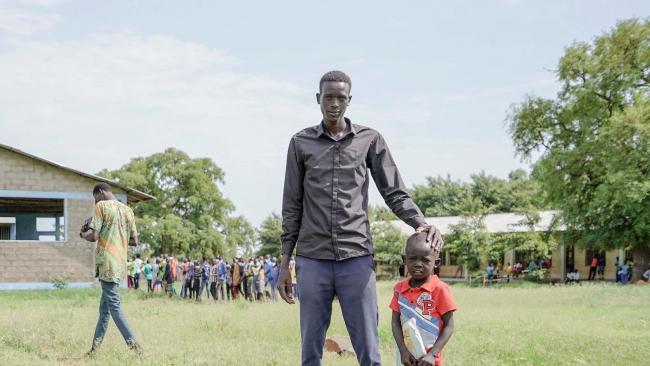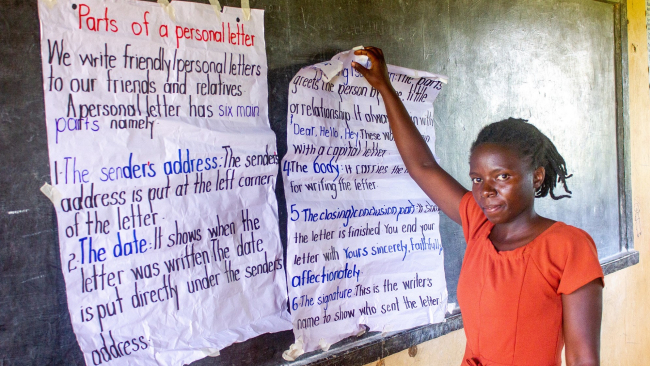Countries in Asia were among the first globally to be affected by COVID-19, and at the peak of the pandemic, containment measures disrupted the education of around 760 million children across the region. However, even prior to COVID-19, children’s learning was in crisis with half of 10-year-olds in middle- and low-income countries unable to understand a simple written sentence and more than 120 million children in the region out of school. The pandemic has only sharpened these inequities, particularly for the most marginalized children. National governments across Asia have been quick to implement remote learning, new health protocols and reopening plans, but these policies have varied from country to country.
UNICEF and UNESCO collaboratively initiated a situation analysis to assess the impact of the pandemic on countries’ progress towards Sustainable Development Goal (SDG) 4-Education to be achieved by 2030 and provide countries with best practices and lessons learned to accelerate progress towards the 10 targets. Specifically, the situational analysis assesses the direct effects of school closures and identifies their impact on learners, their families as well as on the overall education systems.
The COVID-19 Education Situation Analysis: Effects of and Responses to COVID-19 on the Education Sector in Asia is made up of a regional report summarizing common findings across the countries in Asia, three sub-regional reports highlighting specific impacts and responses for East Asia, Southeast Asia and South Asia and 14 case studies providing in-depth summaries of country experiences responding to COVID-19.





